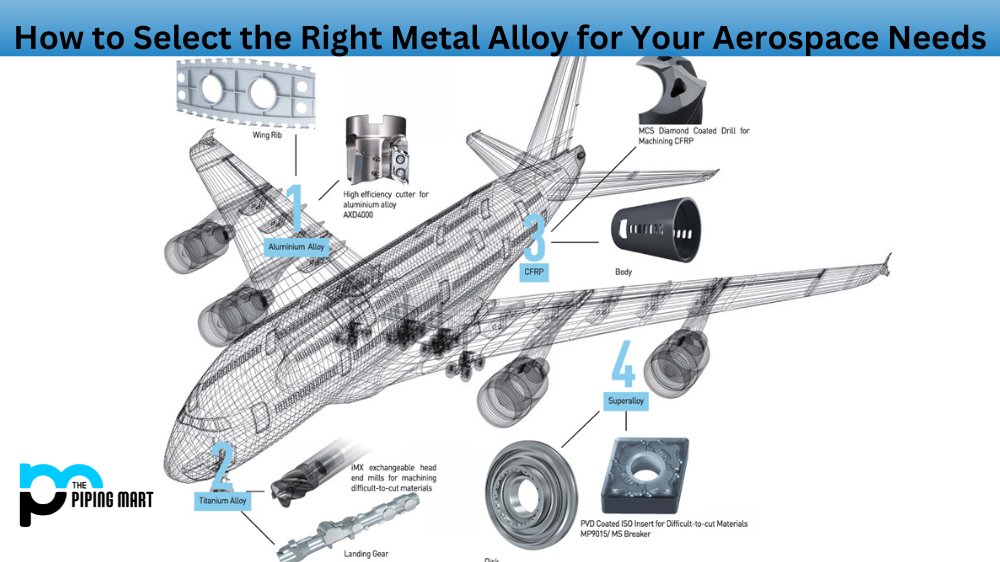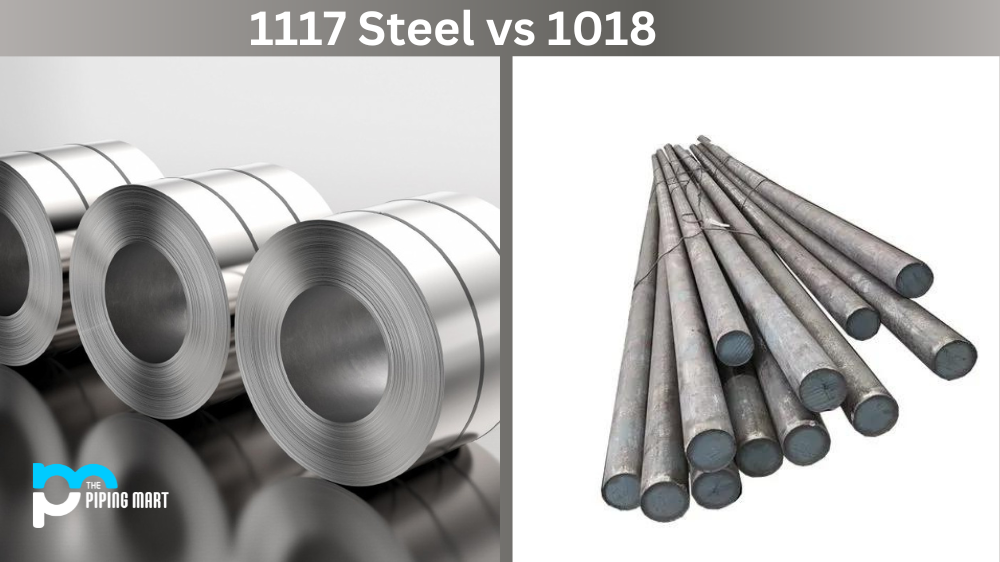Zinc metalizing is a process of applying a thin layer of zinc to metal surfaces in order to protect them from corrosion. It’s often used on steel structures like bridges and buildings, as well as in other applications such as automotive and aircraft components. Zinc metallizing provides superior protection against rust and other forms of corrosion, making it an ideal choice for many industries. Let’s take a look at why zinc metallizing is so important to the modern world.
Zinc metallizing process
The zinc metallizing process is an essential component of certain engineering applications. It entails covering the surface of a metallic object with a fine layer of zinc in order to help protect it from corrosion and other environmental stresses. This preparatory step often precedes galvanizing, painting, and other finishing treatments, ensuring that the metal is ready for any subsequent decorative or protective coating. Zinc metallizing helps extend the life and overall functionality of many components used in marine environments and industrial production systems. When conducted properly by trained professionals, this process proves to be an effective way of prolonging the lifespan of equipment without significantly adding to its bulk or weight.
The zinc metalizing process typically begins with thoroughly cleaning the base material. Before applying the coating, this removes any dirt, grease, or other contaminants. After cleaning, the metal surface is treated with an acid that helps prepare it for applying the zinc coating. Various methods can be used to apply the zinc coating, including hot-dip galvanization and electroplating.
Hot-dip galvanization involves submerging the base material into a bath of molten zinc or dipping it into a solution of heated liquid zinc. This method is often used for larger objects such as structural steel beams or pipes and provides superior corrosion protection compared to electroplating. Electroplating, on the other hand, uses an electric current to deposit a layer of zinc onto smaller items such as screws and bolts. This method provides less protection against corrosion, but it can be used for more intricate pieces than hot-dip galvanization can handle.
Once the base material has been coated with zinc, it must be allowed to cool so that the coating can harden properly before being used. The cooling time required depends on both the thickness of the coating and on how it was applied; thicker coatings require longer cooling times than thinner ones do, while hot-dipped coatings typically cool faster than those deposited via electroplating do.
- Zinc metallizing is a process used to coat metal with a thin layer of zinc.
- The process can be used to protect metal surfaces from corrosion and wear.
- Zinc metallizing can also be used to improve the appearance of metal surfaces.
- The process is typically performed using a zinc electroplating solution.
- Zinc metallizing is a relatively simple and inexpensive process.
Thermal spray zinc metallizing
Thermal spray zinc metallizing is a great option when it comes to corrosion protection. It is well-suited for numerous substrates, making it an ideal choice for areas that require extra durability. When used in conjunction with other technologies, thermal spray zinc metallizing can increase the longevity of certain surface coatings even further and provide substantial cost savings over the life of the part. The process also results in less waste than several alternative processes, making it not only more efficient but sometimes more cost effective as well. By implementing thermal spray zinc metallizing into any construction project, you can rest assured knowing that your parts will be protected from corrosion while also remaining economically sound.
Zinc Metallizing Benefits
The primary benefit of zinc metallizing is that it offers superior protection against corrosion and rust, which can be damaging to metal surfaces over time. The thin layer of zinc coating acts as a barrier between the metal surface and its environment, protecting it from the elements and preventing oxidation that can cause rust or other damage. Additionally, the coatings are relatively inexpensive compared to alternative methods such as painting or galvanization. This makes it an attractive option for businesses looking for cost-effective solutions for protecting their assets.
Zinc metalizing also has some aesthetic advantages over traditional painting or galvanization methods. The thin layer of zinc provides a smooth finish without any brush marks or drips associated with painting methodologies, resulting in a consistent metallic shine that can improve the appearance of any structure or product with minimal effort. This makes it perfect for applications where aesthetics are important, such as architectural facades or automotive components.
Finally, zinc metallizing is relatively easy to apply compared to some other methods, meaning that you don’t need specialized equipment or skills to do it yourself if you have access to the necessary resources. This makes it a great choice for those who are looking for an affordable way to protect their assets without having to hire professionals or invest in expensive machinery.
Conclusion
Zinc metallizing is becoming increasingly popular in many different industries due to its superior ability to protect metal surfaces against corrosion and rust while providing an aesthetically pleasing finish at an affordable cost. By applying a thin layer of zinc coating over metal surfaces, you can extend the life span of your products while also improving their appearance with minimal effort required on your part. If you’re looking for an accessible solution for preserving your assets against environmental degradation, then consider investing in zinc metallizing today!

Pipingmart is a B2B portal that specializes in metal, industrial and piping items. Additionally, we share the latest information and information about materials, products and various types of grades to assist businesses that are involved in this business.




